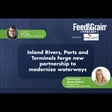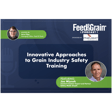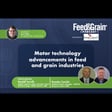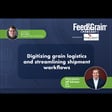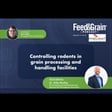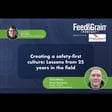Become a Creator today!Start creating today - Share your story with the world!
Start for free
00:00:00
00:00:01

Building a state-of-the-art grain elevator
Join Steven Kilger, host of the Feed & Grain Podcast, in a compelling interview with Jeremy Kramer, General Manager of CHS. Discover the innovative journey behind the construction of a lights-out grain elevator in Herman, Minnesota, built amidst the challenges of the COVID-19 pandemic. From planning to execution, explore how CHS overcame construction hurdles, enhanced efficiency, and going from a 1970s model elevator into a state-of-the-art facility, setting new standards in the grain industry. Don't miss this exclusive episode offering insights into the future of grain handling and storage.
